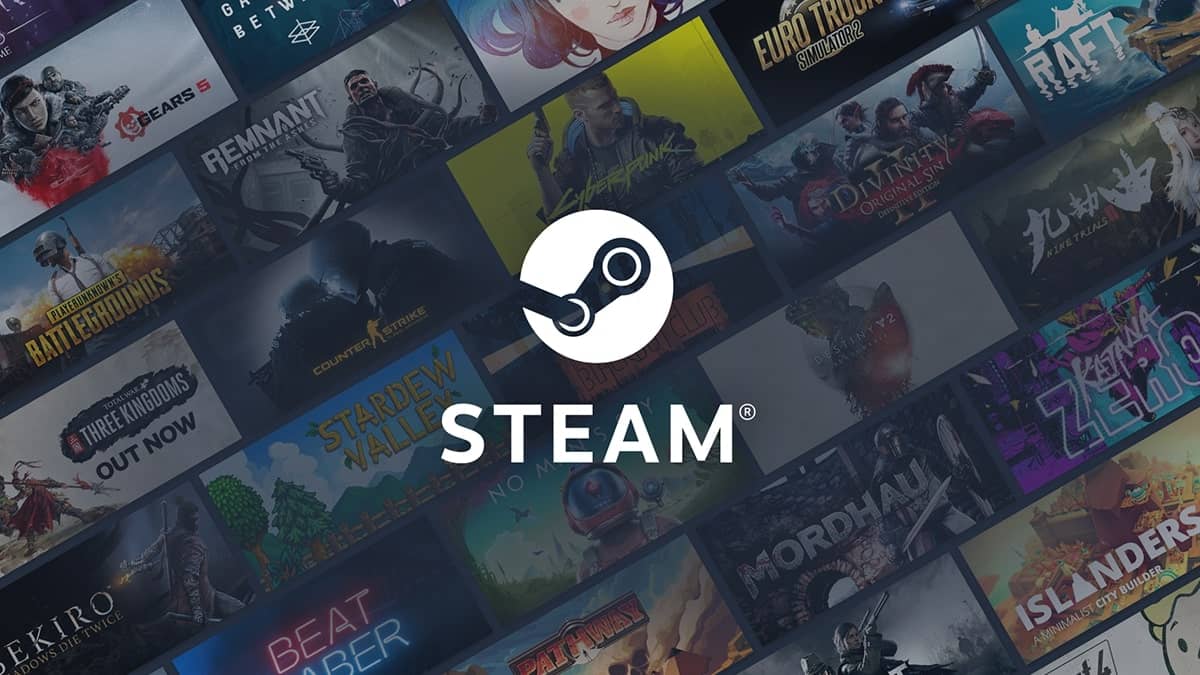Steam, Valve’s digital game distribution platform, has been a cornerstone of PC gaming for over two decades.
Launched on September 12, 2003, it began as a tool for delivering updates to Valve’s games, including the iconic Half-Life.
Over time, it evolved into the dominant storefront for PC gaming, offering convenience, deals, and a vibrant community.
Steam’s Rise to Dominance
Initially met with skepticism, Steam gained traction after requiring its use for Half-Life 2. This shift marked the beginning of a fully-fledged store that supported third-party titles, starting with Rag Doll Kung Fu.
The platform addressed issues like piracy, cheating, and patch distribution, becoming a one-stop shop for buying, downloading, and launching games.
Challenges Along the Way
Steam faced hurdles, including backlash from its Greenlight program, which allowed users to vote on game submissions. The program was eventually replaced with a streamlined review process.
Despite competition from platforms like GOG Galaxy and the Epic Games Store, Steam has maintained its dominance, thanks to its extensive library and user-friendly features.
Why Gamers Stick with Steam
Steam’s sales, mod support, and cross-platform functionality, including Linux compatibility via Proton, make it a favorite among gamers.
While it has some drawbacks, like nested launchers and limited support for vintage games, its overall convenience outweighs these issues.
Steam’s impact on gaming is undeniable, and as technology advances, it continues to shape how players access and enjoy their favorite titles.








